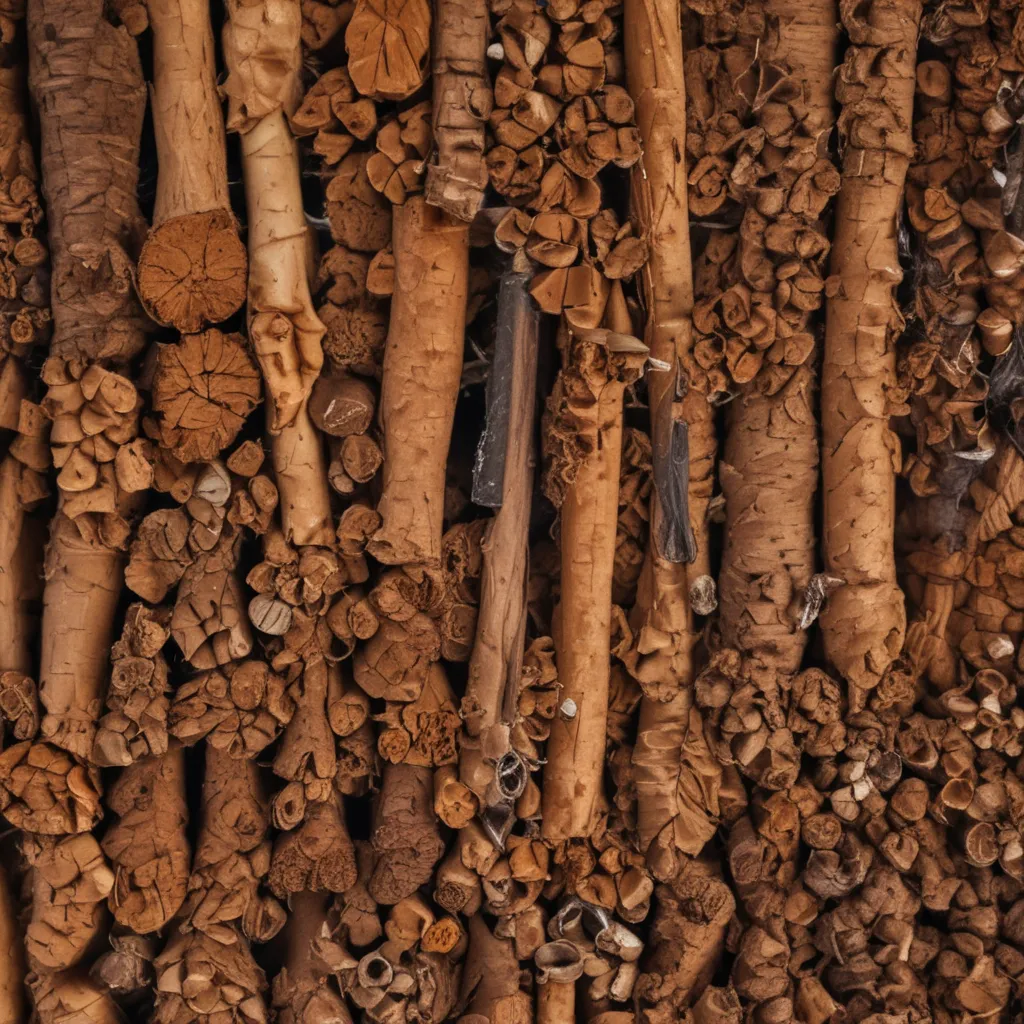
Unlocking the Secrets of Smoky Flavor at Camperdown Elm
As I sit here in the cozy confines of Camperdown Elm, the aroma of smoked wood fills the air, tickling my senses and transporting me to a culinary realm where science and art intertwine. This Brooklyn-based restaurant has long been renowned for its mastery of the smoking process, and I’m about to delve into the fascinating world that lies behind those delectable, wood-kissed dishes.
The Humble Beginnings of Smoking
Let’s rewind the clock for a moment, shall we? The art of smoking food has been around for centuries, with its origins dating back to the ancient civilizations of Egypt, China, and beyond. The process was initially a means of preserving perishable items, but over time, it evolved into a culinary technique that unlocked a whole new world of flavors.
As I sip on my craft cocktail, I can’t help but wonder – what is it about the science of smoking that has captivated chefs and food enthusiasts alike? Well, my friends, it all comes down to the complex chemistry that unfolds when wood meets heat.
The Chemistry of Smoke
The magic begins when the wood is exposed to high temperatures. The heat triggers a series of chemical reactions, breaking down the wood’s cellulose, hemicellulose, and lignin into a myriad of aromatic compounds. These compounds, known as phenols, aldehydes, and ketones, are responsible for the distinctive smoky aroma and flavor that we all know and love.
But the story doesn’t end there. The type of wood used plays a crucial role in determining the final flavor profile. Each species of tree has a unique chemical composition, and the way it interacts with heat can produce vastly different results. For instance, the robust, earthy notes of oak may be a perfect match for a hearty steak, while the delicate, fruity essence of apple wood might be better suited for a delicate piece of salmon.
Mastering the Art of Smoke
As I savor another bite of the smoked pork shoulder, I can’t help but marvel at the level of skill and precision required to harness the power of smoke. The chefs at Camperdown Elm have truly elevated the art to an exceptional level.
One of the key factors in their success is the careful selection and preparation of the wood. They source their materials from local and regional suppliers, ensuring that the wood is of the highest quality and optimally seasoned for the task at hand. The smoking process itself is a delicate dance, with the chefs meticulously controlling the temperature, humidity, and airflow to coax out the most captivating flavors.
But the true mastery lies in their ability to blend the smoky notes with other culinary elements, creating a harmonious symphony of taste. Whether it’s the way the charred edges of a brisket mingle with the tangy barbecue sauce or the manner in which the smoked salt enhances the natural sweetness of a roasted vegetable, the chefs at Camperdown Elm have a remarkable knack for finding the perfect balance.
Exploring the Endless Possibilities
As I sit here, surrounded by the warm glow of the restaurant’s wood-fired oven, I can’t help but wonder what other secrets the world of smoking holds. What if they experimented with different wood types, or incorporated unique spices and herbs into the smoking process? The possibilities seem endless, and I’m eager to see what culinary innovations the team at Camperdown Elm will unveil in the future.
After all, the art of smoking is a never-ending journey of discovery, and I have a feeling that the chefs at this Brooklyn-based gem are just getting started. So, if you’re a fellow food enthusiast, I invite you to join me in this delicious adventure. Head to Camperdown Elm and let your taste buds be swept away by the captivating power of smoked wood. Who knows, you might just uncover a new favorite flavor that will forever change the way you experience food.
